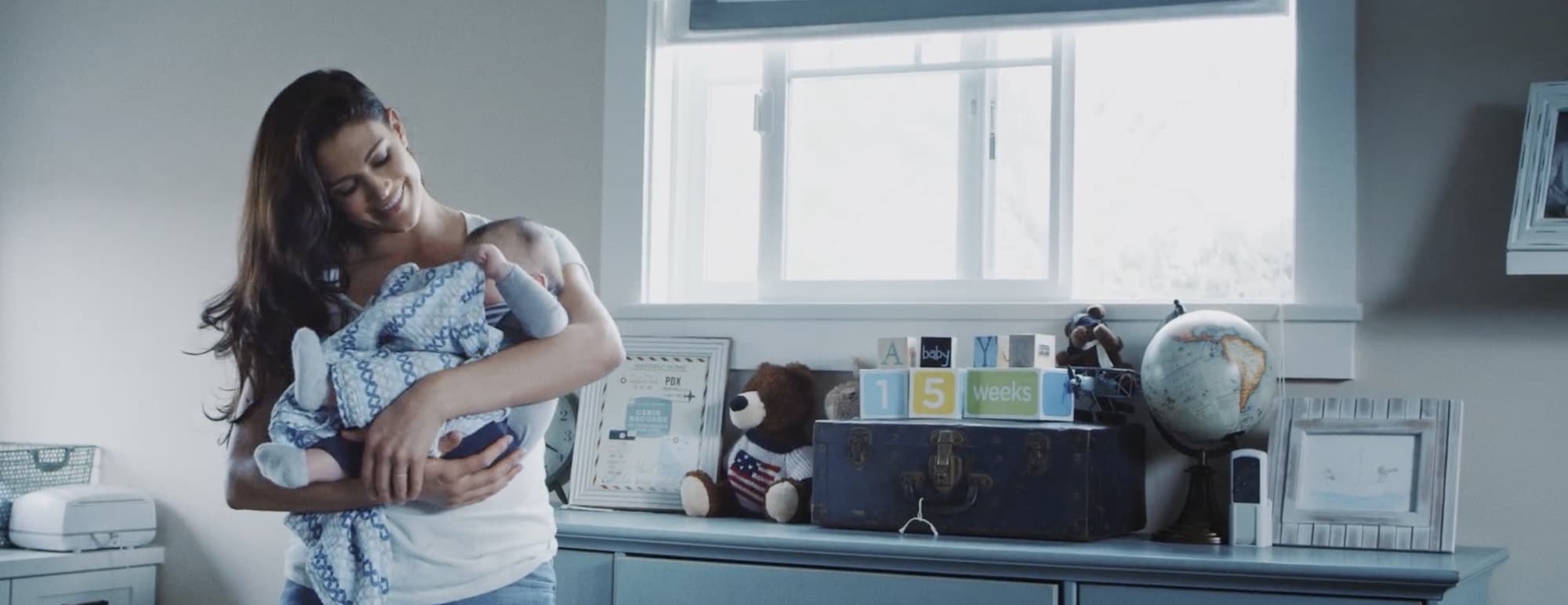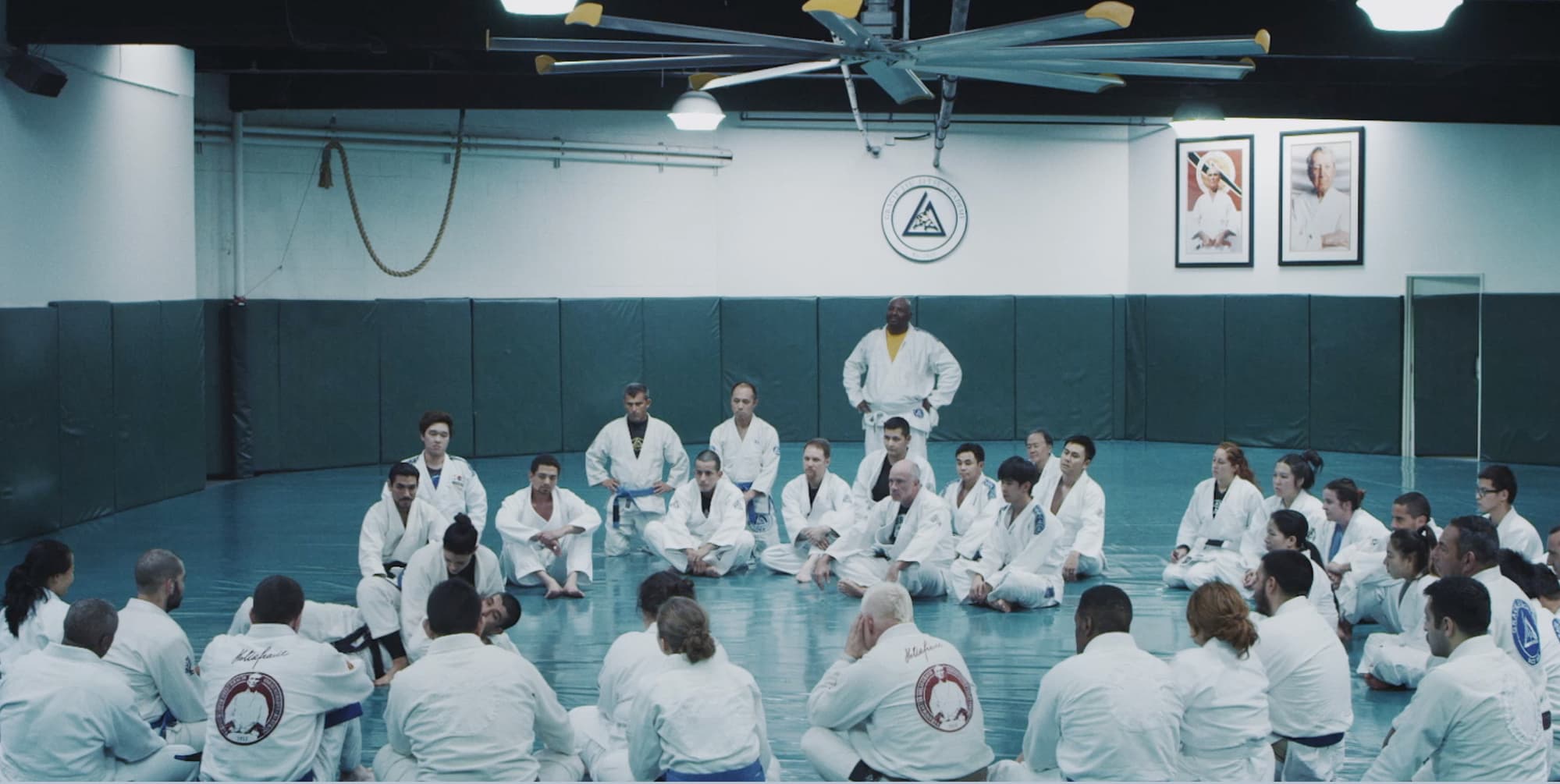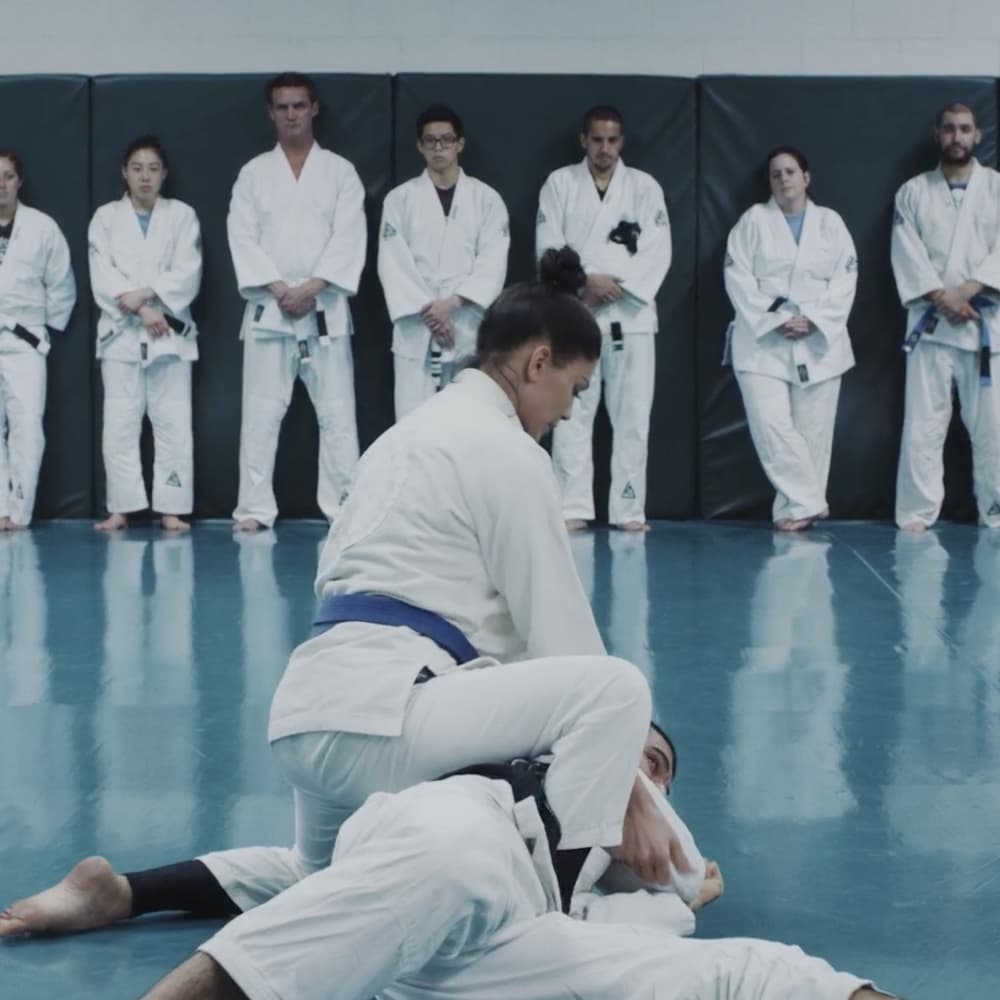Meet Jiu Jitsu Instructor Eve Torres Gracie
Hi, I’m Eve Torres Gracie, you may know me as the 3 time WWE Divas Champion. What you may not know is that I also am a professional Jiu Jitsu instructor and a mom.
Hi, I’m Eve Torres Gracie, you may know me as the 3 time WWE Divas Champion. What you may not know is that I also am a professional Jiu Jitsu instructor and a mom.

What led me to ICL
I have dreamed of having eye surgery. My doctor tells me there is another option, ICL and he explained to us what it was. And I’m thinking… why have I never heard of this?
I feel like a big part of health is using what your body already has. ICL is completely in line with that because it’s keeping your eye completely intact.

Eve's day-to-day & where ICL helps most.
Full contact mom
On the mat
"It’s been over six years since I had my ICL lenses implanted and I still couldn’t be happier with my vision. Now, all I have to focus on is Jiu Jitsu, empowering women and being a mommy.”
I first discovered that I needed glasses in the fifth grade. I remember sitting in the back of my class and borrowing my friend's glasses and I put them on and said "I can see the chalkboard."
Nothing has been quite as challenging as being a mother and learning who this person is and how I can be the best mother for him. A big part of that is finding how I’m going to balance all these things in my life and still make him the priority that he is to me.
I’ve never been more grateful for not having contacts or glasses at this point of my life.

Questions with Eve
What do you do for a living?
I am a professional athlete and more importantly, a mom.
How long have you had problems with your vision?
I discovered my need for glasses in the 5th grade while sitting in the back of the classroom. I borrowed my friend’s glasses and I could actually see without squinting.
What’s your biggest pain point about contacts or glasses?
Being an athlete and having vision issues is a huge inconvenience. It really makes things challenging especially when it’s contact sports.
What about ICL helped make your decision?
I believe a big part of health is using what your body already has and just making it work for you, which is exactly what ICL does. My eye is still completely intact. My eye is still my eye.
This information is presented in the public interest by STAAR Surgical™ to create awareness of options available for those with near-sightedness with or without astigmatism. Please consult your health care provider to determine which option is right for you.
Select Your Region
Latin America
References
1Patient Survey, STAAR Surgical ICL Data Registry, 2018
2Sanders D. Vukich JA. Comparison of implantable collamer lens (ICL) and laser-assisted in situ keratomileusis (LASIK) for Low Myopia. Cornea. 2006 Dec; 25(10):1139-46.
3Naves, J.S. Carracedo, G. Cacho-Babillo, I. Diadenosine Nucleotid Measurements as Dry-Eye Score in Patients After LASIK and ICL Surgery. Presented at American Society of Cataract and Refractive Surgery (ASCRS) 2012.
4Shoja, MR. Besharati, MR. Dry eye after LASIK for myopia: Incidence and risk factors. European Journal of Ophthalmology. 2007; 17(1): pp. 1-6.
5aLee, Jae Bum et al. Comparison of tear secretion and tear film instability after photorefractive keratectomy and laser in situ keratomileusis. Journal of Cataract & Refractive Surgery , Volume 26 , Issue 9 , 1326 - 1331.
5bParkhurst, G. Psolka, M. Kezirian, G. Phakic intraocular lens implantantion in United States military warfighters: A retrospective analysis of early clinical outcomes of the Visian ICL. J Refract Surg. 2011;27(7):473-481.


